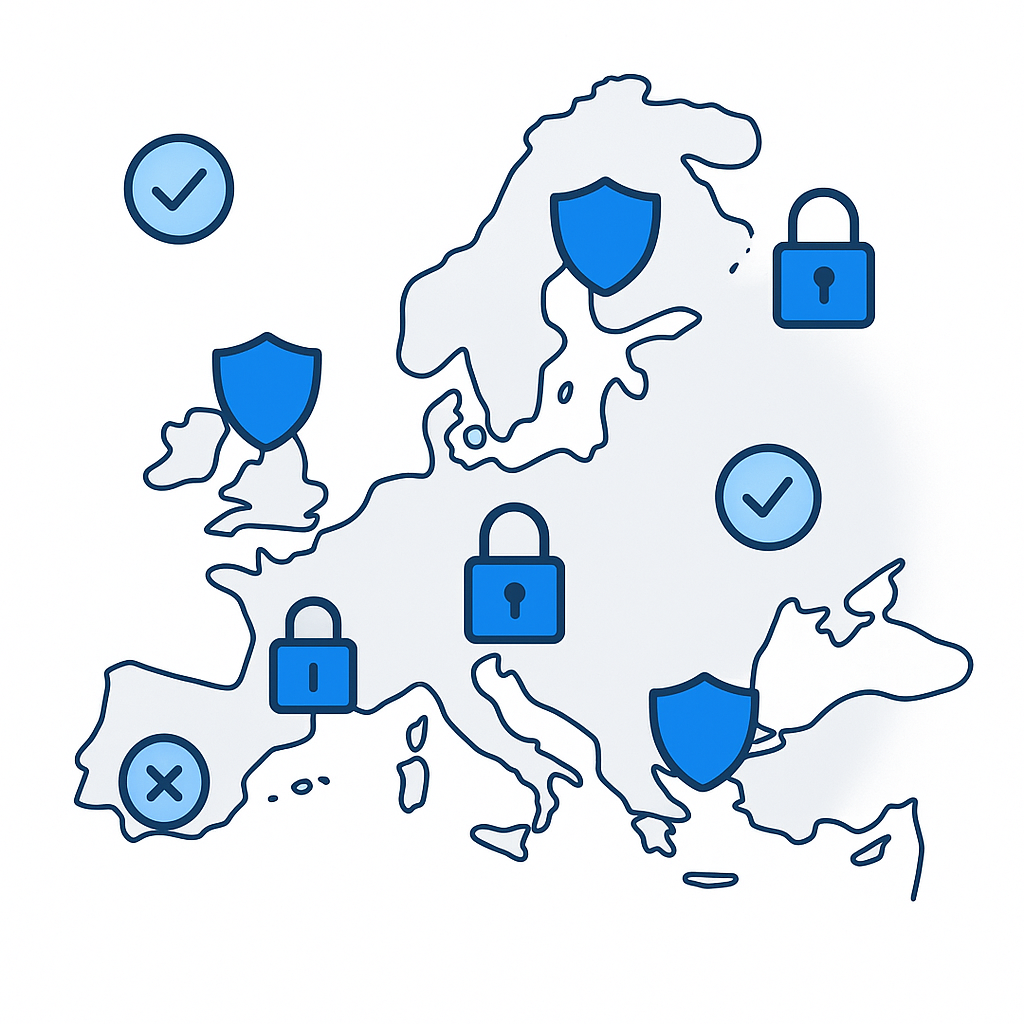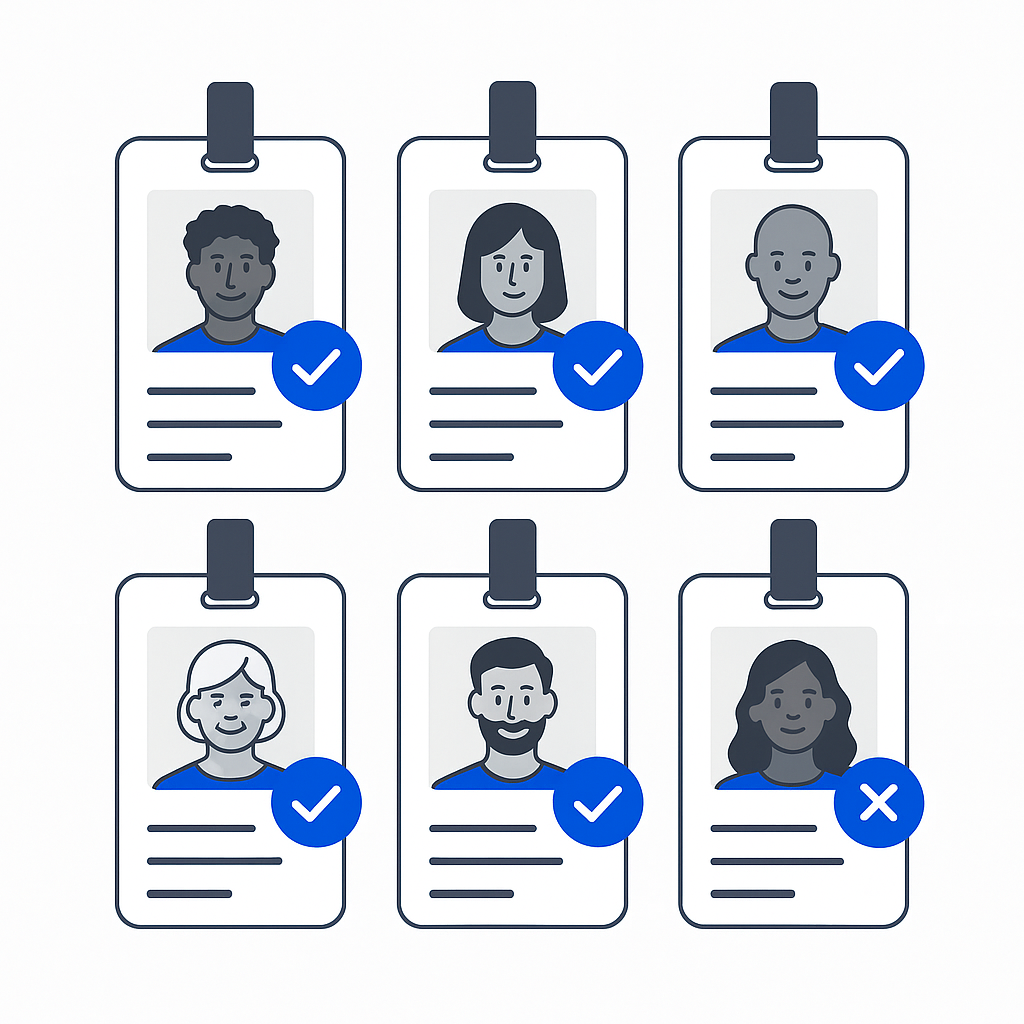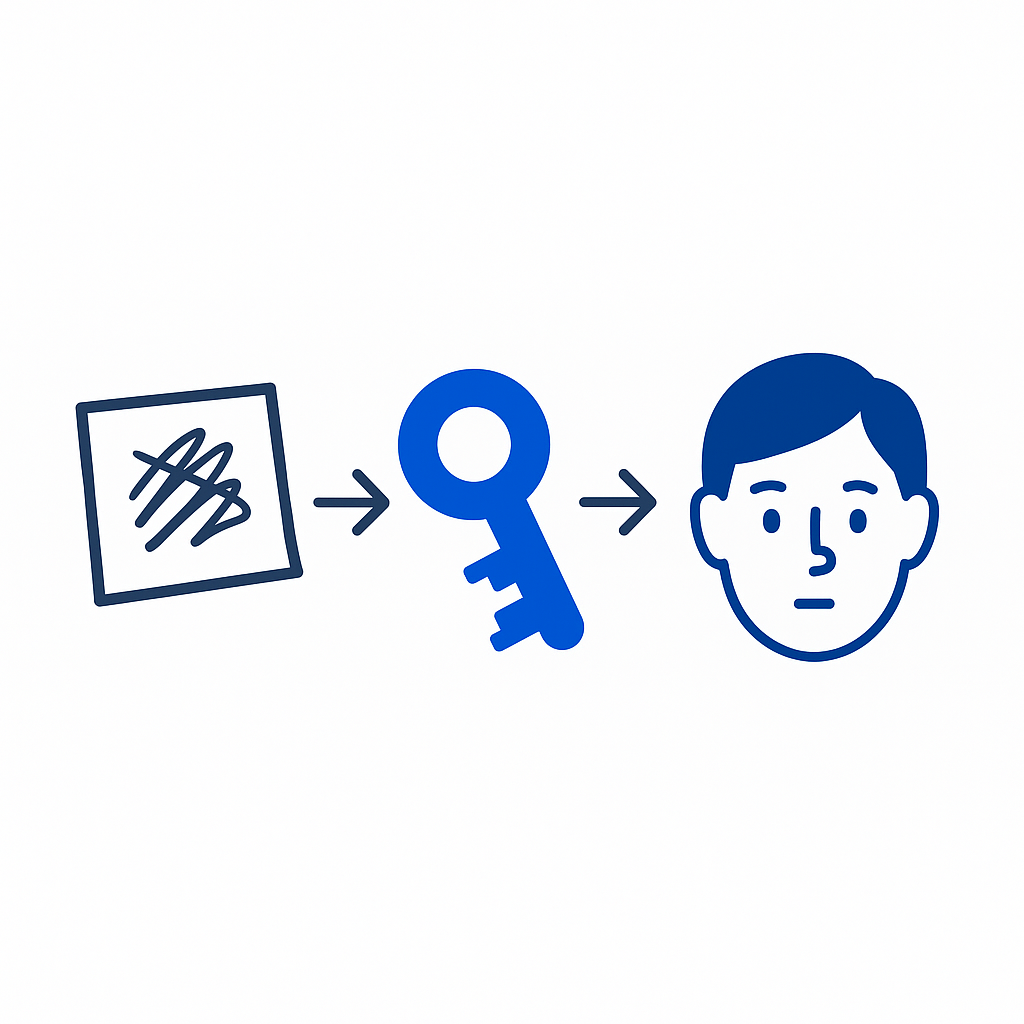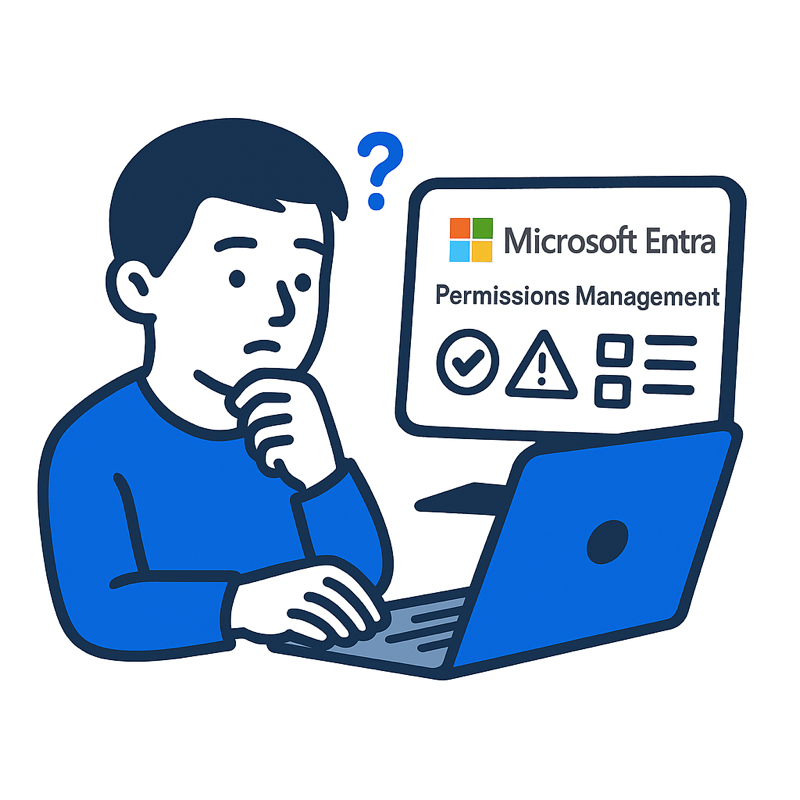Secure vendor access needs to be more than a checkbox in an organization’s third‐party risk program
Why External Identities Are Rising Risk
Seriously, trust no one. And especially don’t trust another organization's cyber readiness.
Around 98% of companies use at least one vendor that’s already been breached [SecurityScorecard]. Around 61% have suffered a cyber incident traced back to a third party [Prevalent]. And in 2024, vendor-related ransomware accounted for nearly 70% of all claims [Resilience]. Remember the MoveIt breach? That single supply-chain failure compromised over 2,700 organizations and 93 million records.
If a partner or how they handle API credentials is weak, it’s your organization's cloud network that bad actors will be exploiting next. We don’t get to opt out of that risk just because “it’s external.”
And it’s not a niche problem anymore. Non-employee identities, the likes of contractors, suppliers, or partners, now make almost as many access requests as internal users. The trouble is, our traditional legacy IAM systems were never designed for this scale or complexity.
Why Bolting on Vendor Access Doesn’t Cut It
A lot of organizations still try to shoehorn vendor access into their existing IAM setup or treat it like a subset of customer IAM. Alas that’s not strategy; that’s wishful thinking.
Partner or B2B IAM needs its own structure, with federation, scoped permissions, delegated administration, and full auditability. Without proper separation, privileges spread sideways, audit trails break down, and accountability gets fuzzy fast.
Then there’s the timing issue. Most vendor risk programs do a decent job of vetting suppliers at the start and end of contracts, but only 27% of effort goes into monitoring during the relationship itself [Veridion]. Unfortunately, most breaches don’t happen at onboarding or offboarding. They happen in between, when everyone’s stopped paying attention.
Building The Right Architecture: Zero Trust, Context, and Control
Zero trust didn’t fade when we moved to the cloud, it became essential. Every request, every identity, every connection deserves verification, no matter where it comes from.
Start by isolating external identities into their own domains or tenants. Don’t mix them with internal accounts. Enforce MFA for every external user: no exceptions. Microsoft now flatly recommends that all guest and B2B users have MFA enabled, regardless of perceived risk.
But MFA is only the start. Go further with just-in-time provisioning and “step-up” access. Don’t hand out standing credentials that last for years. Use short-lived tokens, revalidate sessions, and tie authentication to context: device posture, IP range, location, even time of day. Zero standing privileges should apply to everyone and everything.
Give partners autonomy where possible, but within the boundaries you define. Delegated administration reduces your workload without giving them unfettered access to your systems.
APIs, LLMs, and AI Agents: The New Third Parties
If you’d never hire a contractor without vetting them, why would you integrate an unvetted AI or API into your environment? Yet that’s exactly what’s happening.
A recent study of 264 AI vendors found that 36% had no vulnerability disclosure process, and only 18% mentioned risks like data access or model extraction [Cornell University]. We have to treat every API or algorithmic agent as its own identity. Give it a scope, limit its calls, and set clear revocation rules. Monitor for anomalies. If an LLM suddenly requests ten times the data it used to, something’s up.
Governance and Compliance: Contracts Don’t Equal Control
Having a contract that says “we take security seriously” is not the same as active governance. You need continuous oversight, using identity governance and administration (IGA) tools to track orphaned accounts, entitlement drift, and access recertifications.
The good news: you’ll align neatly with leading standards. NIST SP 800-207’s Zero Trust Architecture, ISO 27001’s supplier-relationship controls, and SOC 2’s vendor oversight requirements all point to the same core principle: continuous validation, not one-off trust.
Measure what matters: number of active external identities, average deprovisioning time, frequency of privilege escalations, and external-initiated anomalies. Those metrics tell you where you really stand.
The Pushback and How to Answer It
You’ll invariably get pushback. Someone will say, “vendors complain this is too heavy.” That’s fine, but ask them whether responding to a breach will be lighter. Others will argue that “their directory doesn’t support our policy.” That’s what federation and identity brokering are for. Your policies apply, whether or not their systems play nice.
And yes, tool fatigue is real. But spreadsheets and manual provisioning aren’t governance; they’re liability. Organizations need to consolidate vendor access under one control plane, and stop letting supplier identities scatter across portals and shared inboxes.
Future Risk Lives at the Edges
In 2025, the weakest link in most identity ecosystems isn’t going to be employee password policy; it’ll be the third-party file-transfer service, the public API, or the LLM integration nobody monitored.
The identity perimeter has shifted. “Secure vendor access” isn’t just an audit checkbox; it’s your new security boundary. Every external connection is a potential breach path, and how you manage those relationships will define whether you’re resilient or reactive.
So don’t just secure your castle. Secure the drawbridge, the messengers, the traders, and yes, the curious AI knocking at the gate. Because the edges are where modern breaches begin.


















































































